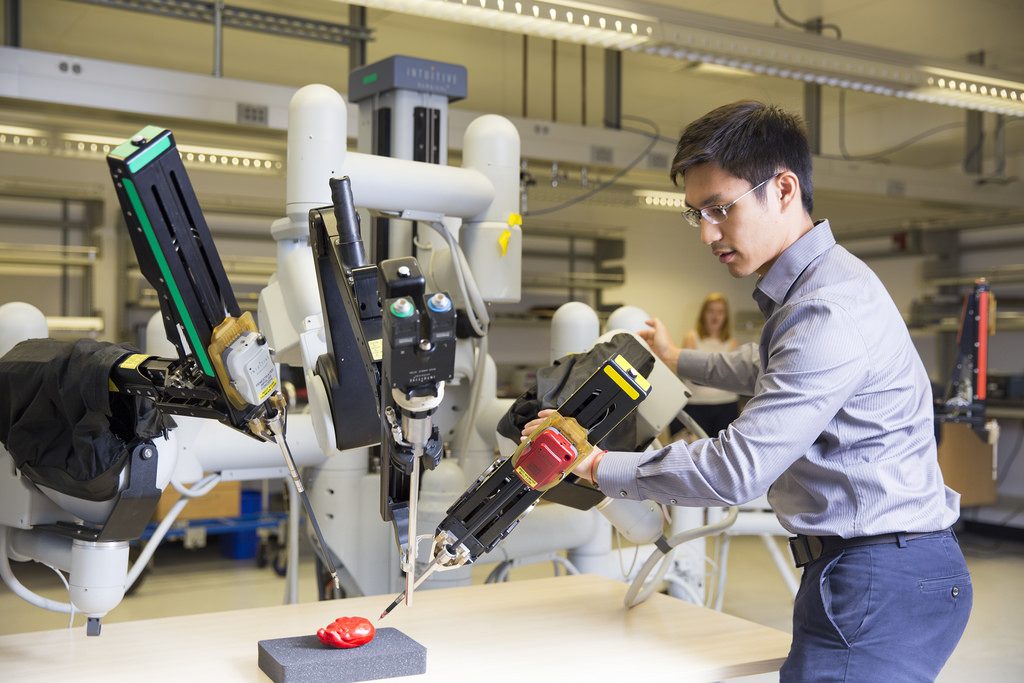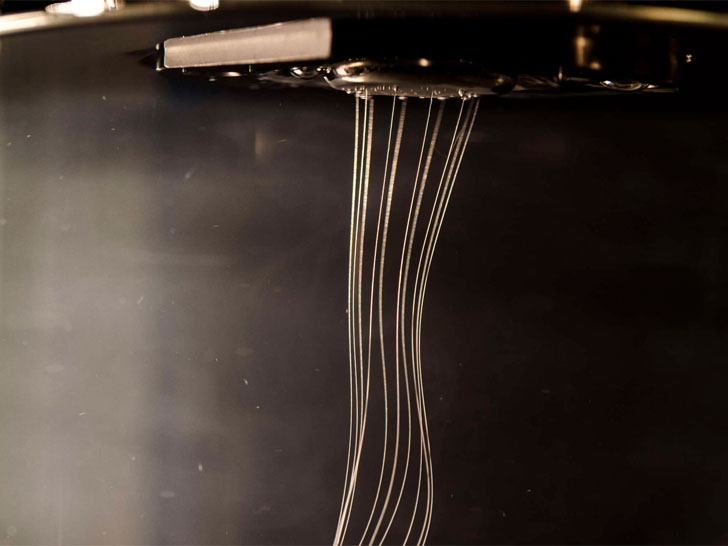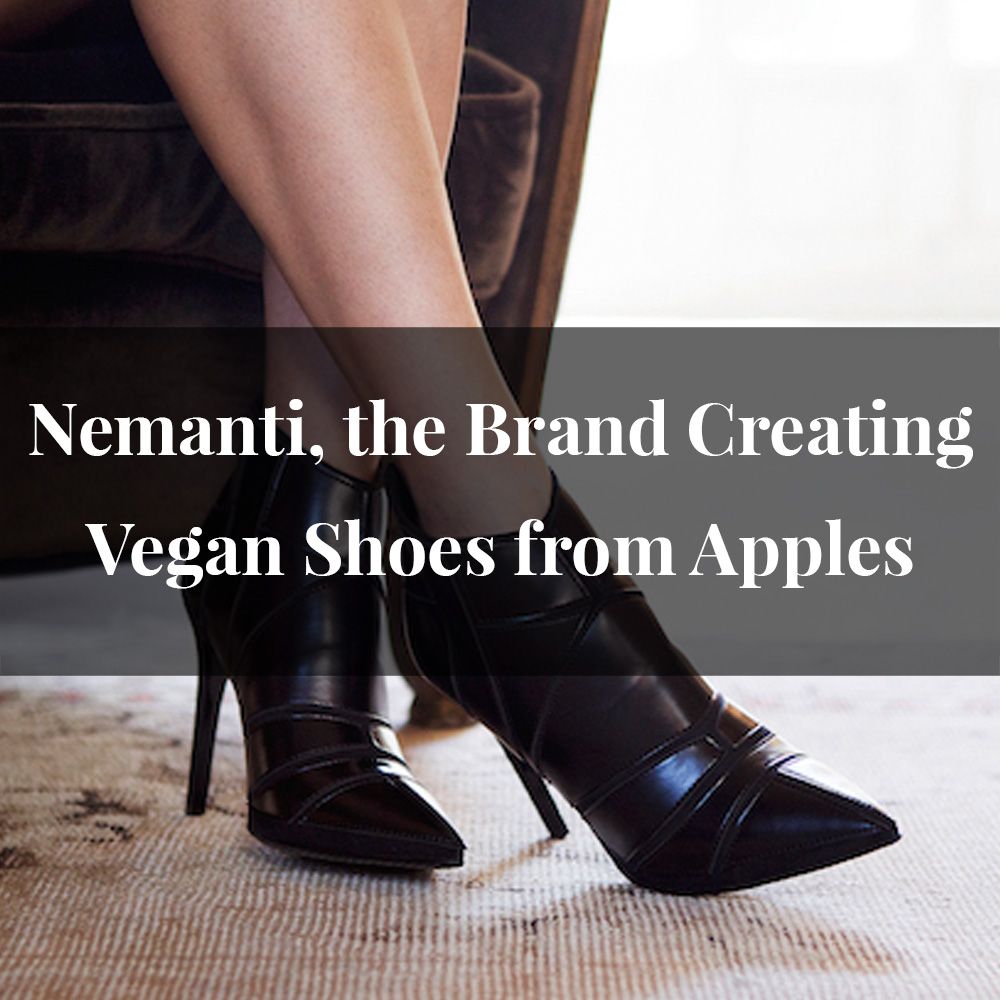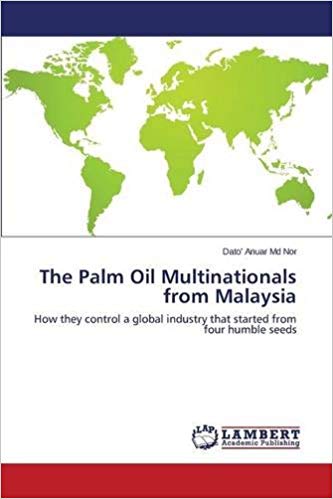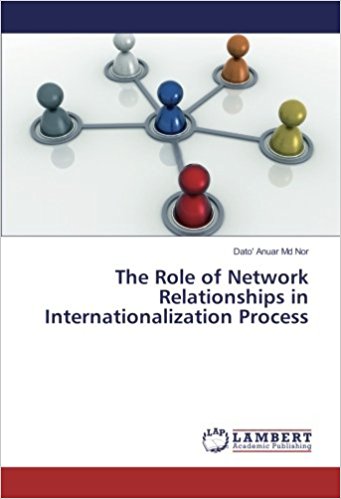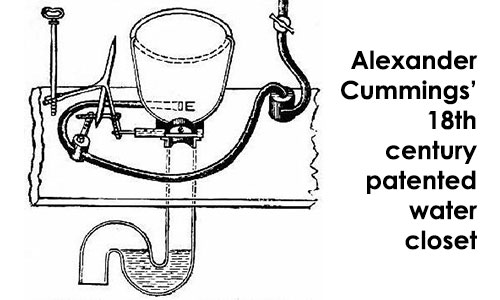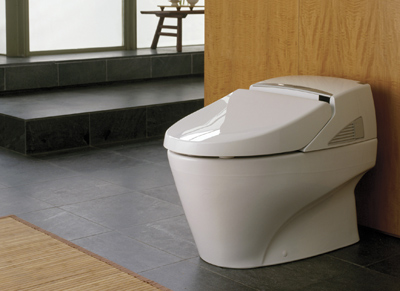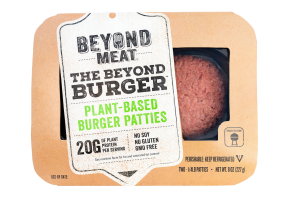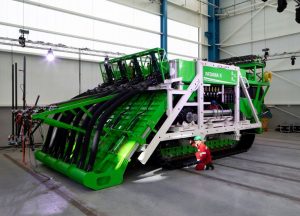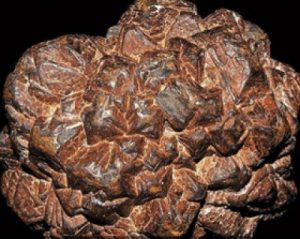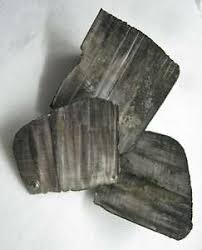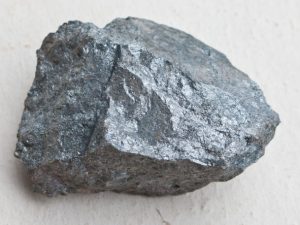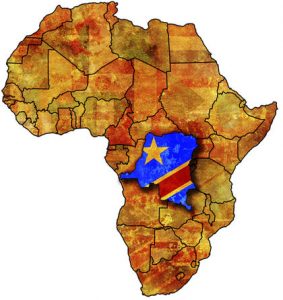The Skills Needed to Secure Future Jobs: Part II
Posted on
Changing Roles
The report highlighted examples of stable, new and redundant roles in all industries as shown below:
Stable roles
Managing Directors and Chief Executives
General and Operation Managers
Software and Applications Development and Analysts
Data Analysts and Scientists
Sales and Marketing Professionals
Sales Representatives
Human Resource Specialists
Financial and Investment Advisers
Database and Network Professionals
Supply Chain and Logistics Specialists
Risk Management Specialists
Information Security Analysts
Management and Organization Analysts
Electrotechnology Engineers
Organizational Development Specialists
Chemical Processing Plant Operators
University and Higher Education Teachers
Compliance Officers
Energy and Petroleum Engineers
Robotic Specialists and Engineers
Petroleum and Natural Gas Plant Operators
New Roles
Data Analysts and Scientists
AI and Machine Learning Specialists
General Operations Managers
Big Data Specialists
Digital Transformation Specialists
Sales and Marketing Professionals
New Technology Specialists
Organizational Development Specialists
Software and Application Developers and Specialists
Information and Technology Services
Process Automation Specialists
Innovation Professionals
Information Security Specialists
Ecommerce and Social Media Specialists
User Experience and Human-Machine Interaction Designers
Training and Development Specialists
Robotic Specialists and Engineers
People and Culture Specialists
Client Information and Customer Service Workers
Service and Solution Engineers
Digital Marketing and Strategy Specialists
Redundant Roles
Data Entry Clerks
Accounting Bookkeeping and Payroll Clerks
Administration and Executive Secretaries
Assembly and Factory Workers
Client Information and Customer Service Workers
Business Services and Administration Managers
Accountants and Auditors
Material-Recording and Stock-Keeping Clerks
General and Operations Managers
Postal Service Clerks
Financial Analysts
Cashers and Ticket Clerks
Mechanic and Machinery Repairers
Telemarketers
Electronic and Telecommunication Installers
Bank Tellers and Related Clerks
Car, Van and Motorcycle Drivers
Sales and Purchasing Agents and Brokers
Door-To-Door Sales Workers, News and Street Vendors, and Related Workers
Statistical, Finance and Insurance Clerks
Lawyers
Note: Jobs which appear across multiple columns reflect the fact that they might be seeing stable or declining demand across industry but be in demand in another.
Comparing Skill Demands
The report also highlights the trend in skill demand, 2018 versus 2022, top ten as follows:
Today, 2018
Analytical thinking and innovation
Complex problem-solving
Critical thinking and analysis
Active learning and learning strategies
Creativity, originality and initiative
Attention to detail and trustworthiness
Emotional intelligence
Reasoning, problem-solving and ideation
Leadership and social influence
Coordination and time management

Trending, 2022
Analytical thinking and innovation
Active learning and learning strategies
Creativity, originality and initiative
Technology design and programming
Critical thinking and analysis
Complex problem-solving
Leadership and social influence
Emotional intelligence
Reasoning, problem-solving and ideation

Declining, 2022
Manual dexterity, endurance and precision
Memory, verbal, auditory and spatial abilities
Management of financial, material resources
Technology installation and maintenance
Reading, writing, math and active listening
Management of personnel
Quality control and safety awareness
Coordination and time management
Visual, auditory and speech abilities
Technology use, monitoring and control
Conclusion
Skills such as analytical thinking and active learning will continue to grow in prominence by 2022. Companies will need to pursue a range of organizational strategies in order to stay competitive in the face of rapidly changing workforce requirements. To do this, the skills of executive leadership and the human resources function will also need to evolve to successfully lead the transformation.
Please click the report below.


